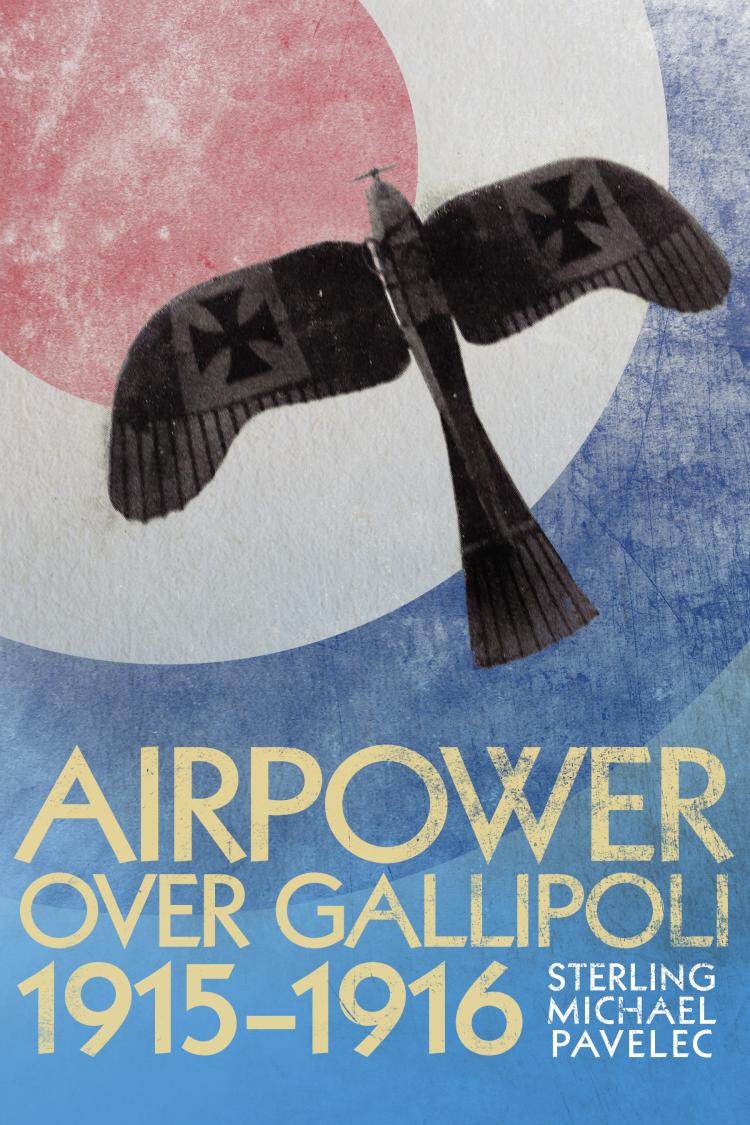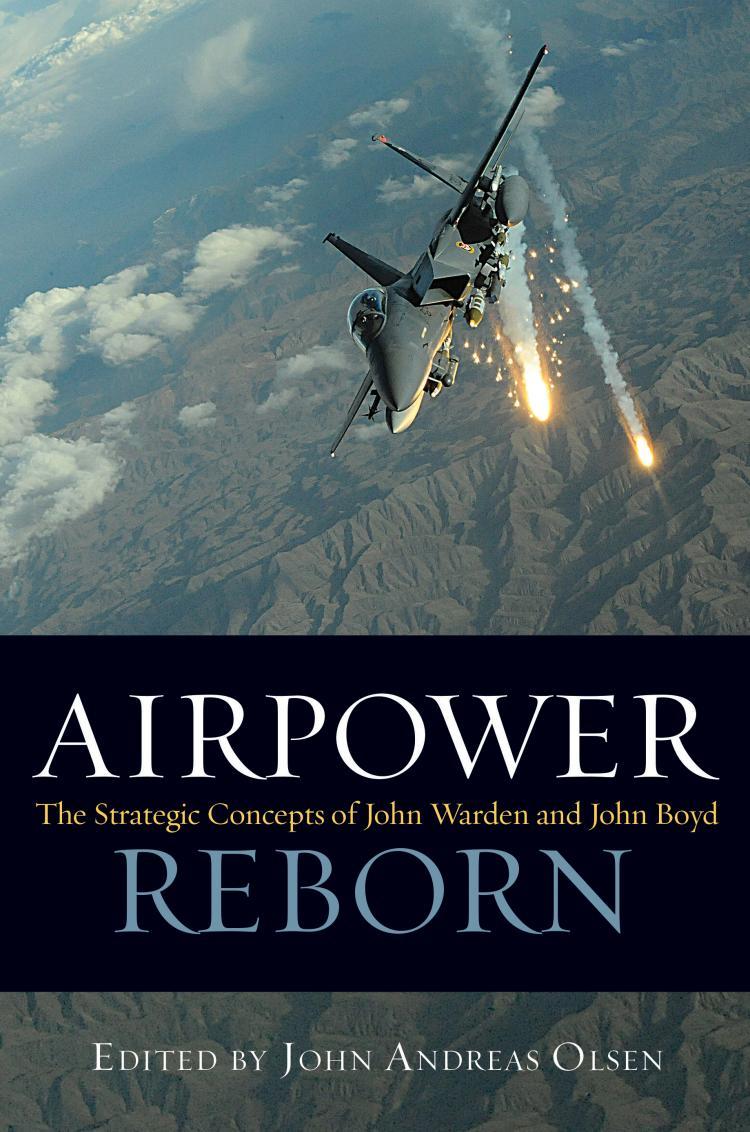From Kites to Cold War
- Subject: Clear the Decks Up to 80% OFF
- Format:
Hardcover
- Pages:
328pages
- Illustrations:
From Kites to Cold War tells the story of the evolution of manned airborne reconnaissance.
- Published:
November 15, 2019
- ISBN-10:
1682474658
- ISBN-13:
9781682474655
- Product Dimensions:
9 × 6 × 1 in
- Product Weight:
23 oz
Overview
From Kites to Cold War tells the story of the evolution of manned airborne reconnaissance.
Long a desire of military commanders, the ability to see the terrain ahead and gain foreknowledge of enemy intent was realized when Chinese airmen mounted kites to surveil their surroundings. Kite technology was slow to spread, and by the late nineteenth century European nations had developed the balloon and airship to conduct this mission.
By 1918, it was obvious that the airplane had become the reconnaissance platform of the future. Used successfully by many nations during the Great War, aircraft technology and capability experienced its most rapid evolutionary period during World War II. Entering the war with just basic airborne imagery capabilities, by V-E and V-J days, air power pioneers greatly improved imagery collection and developed sophisticated airborne signals intelligence collection capabilities. The United States and other nations put these capabilities to use as the Cold War immediately followed. Flying near the periphery of and sometimes directly over the Soviet Union, airborne reconnaissance provided the intelligence necessary to stay one step ahead of the Soviets throughout the Cold War.
About the Author
Editorial Reviews
"Tracing the progression from the first visual observers suspended beneath balloons to aerial photography and later electronic signals and communications exploitation, From Kites to Cold War ably illustrates how each exquisite airborne intelligence capability demanded more than just another magic black box bolted to an aircraft; innovative organizations and skilled operators were crucial to transforming the once-futuristic concepts into the ubiquitous intelligence products of today. With the US military currently reimagining its airborne intelligence enterprise, Morton’s superb analysis is a must read, offering timely and vital historical context to current deliberations." —Steven Fino, author of Tiger Check: Automating the US Air Force Fighter Pilot in Air-to-Air Combat, 1950-1980
"Morton chronicles the value of manned aircraft for observation, intelligence, and reconnaissance well before the advent of powered flight right up to the present. Wide-ranging and informative, this account emphasizes the importance and continued relevance of the first military mission for powered flight in engaging and thoroughly researched prose." —John Terino, Chairman, Department of Airpower, USAF Air Command and Staff College
“Few think of Benjamin Franklin as an airpower proponent. Yet this Founding Father was enthusiastic about the balloon’s military potential. Not just as a tool for reconnaissance, but as a means of moving troops behind enemy lines. From Kites to Cold War: The Evolution of Manned Airborne Reconnaissance by Tyler Morton delivers this nugget among several surprising revelations in this history of aerial reconnaissance…. [This] is a fascinating look at a neglected part of history: reconnaissance. History buffs will enjoy Morton’s book.” —Galveston Daily News
“From Kites to Cold War is an essential read for anyone involved in the present or future of airborne ISR. Morton’s well-written history of the first 200 years of airborne reconnaissance provides an appreciation of how the capability evolved into its modern form, particularly how the vision and adaptability of airborne reconnaissance advocates were crucial to progress. For the same reason, this book is also a useful read for those in the innovation game or involved in future force design. Although Morton’s aim was not to write a book on military innovation, this is essentially what it is. It is an instructive tale of vision, hype, experimentation, and adaptation that provides useful points of discussion and debate for those charged with integrating experimental technologies and ideas into future force structure.” —From Balloons to Drones
“If you want to know about image intelligence (IMGINT) this is the book to get…. The book is well referenced, dozens of pages of citations as a matter of fact as well as the same with end notes. This book is aimed squarely for the shelves of those following the unfolding history of this vital intelligence field—and its effect on historical events.” —Seattle Pi
“From Kites to Cold War is an essential read for anyone involved in the present or future of airborne ISR. Morton’s well-written history of the first 200 years of airborne reconnaissance provides an appreciation of how the capability evolved into its modern form, particularly how the vision and adaptability of airborne reconnaissance advocates were crucial to progress. For the same reason, this book is also a useful read for those in the innovation game or involved in future force design…. It is an instructive tale of vision, hype, experimentation, and adaptation that provides useful points of discussion and debate for those charged with integrating experimental technologies and ideas into future force structure.” —Defense.info
“Extensively researched, this volume provides an excellent introduction into the origins and growth of manned airborne reconnaissance and the significant contributions this form of intelligence gathering made to intelligence, surveillance, and reconnaissance (ISR), particularly over a period of some two hundred years.” —The Strategy Bridge
“From Kites to Cold War is well shaped to provide researchers, aficionados or just interested readers with what they require…. An ideal reference book for military libraries, as well as for those wishing to research further the absorbing topic of airborne reconnaissance.” —Aerospace
“If you want to know about image intelligence (IMGINT) this is the book to get. Written by a career intelligence officer, now retired from the USAF, this is the rare book that speaks to most levels of society as well as to be used in a college history course.” —Seattle Pi
“From Kites to Cold War is a one-stop shop for understanding the development of reconnaissance and its impact on airpower’s efficacy from its inception through the Cold War. With so few works focused solely on aerial reconnaissance, this book allows several patterns to emerge that create lessons for airpower leaders…. It is an absolute must-buy and -read for anyone associated with the airborne intelligence profession, for Air Force leadership, and for airpower historians.” —The Journal of Military History









